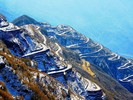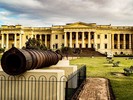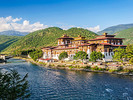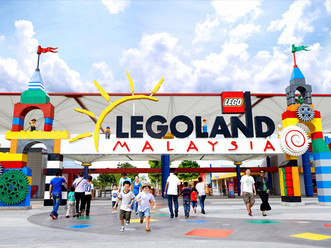Spread over a massive 41 acres, Hazarduari (Murshidabad, West Bengal), roughly translating to 'palace of thousand doors', is embellished with a thousand ornamental gateways. It was built by the architect McLeod Duncan, and the foundation stone of the palace was laid by Nawab Nazim Humayun Jah of Bengal, Bihar and Orissa (1824-1838) on August 29, 1829, and that very day the construction work was started. The construction was completed in December 1837. The regal mansion has been converted to a museum with exhibits ranging from Nawab Siraj-ud-Doulah's prized possessions, swords and weapons used during the Battle of Plassey (1757), oil paintings of the Dutch, French and Italian artists, rare marble, porcelain and stucco statues, farmans, rare books and manuscripts, palanquins owned by the Nawabs and various other antiquities. In 1985, the palace was handed over to the Archaeological Survey of India (ASI) for better preservation and it consists of 20 displayed galleries of about 4,742 antiquities, of which only 1,034 are currently open for public viewing. Hazarduari Palace is the most conspicuous building in Murshidabad.










